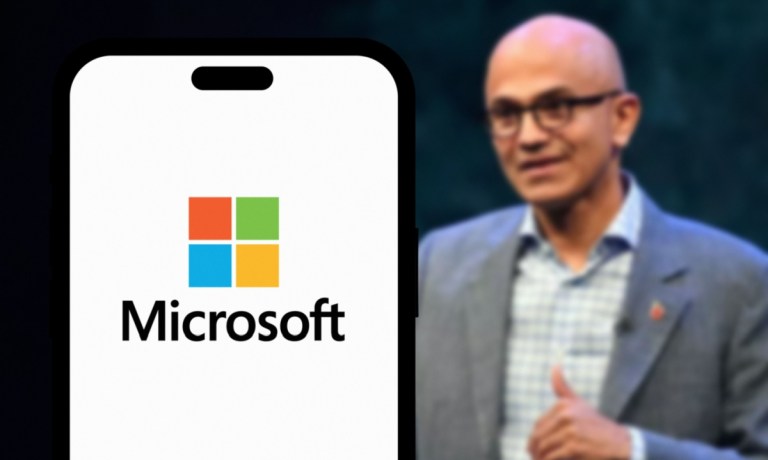Microsoft ‘Doubles Down’ on Cybersecurity to Safeguard Connected Economy

The cyberattack on UnitedHealth Group, resulting in a $872 million loss to the health insurer, is just one example of the evolving cyberthreat landscape in today’s connected economy. Beyond mere operational disruptions, such incidents reveal the profound financial ramifications of cybersecurity breaches.
In response to these escalating threats, organizations are reevaluating their strategies, recognizing the imperative to adopt proactive defenses mechanisms.
Microsoft, for instance, has placed cybersecurity at the forefront of its strategic agenda. During an April 25 call discussing the firm’s fiscal year 2024 Q3 earnings results, Chairman and CEO Satya Nadella said that the tech giant is “doubling down” on security, putting it “above all else — before all other features and investments.”
Nadella highlighted Microsoft’s Secure Future Initiative, launched last November, as a cornerstone of this commitment. The initiative unites every part of the company to enhance cybersecurity protection across six key areas, including safeguarding identities and networks, enhancing threat detection and response capabilities and accelerating response and remediation.
Another notable effort to combat cyberthreats is the establishment of a global cybersecurity standard and certification program for connected devices, spearheaded by the Connectivity Standards Alliance (CSA). With nearly 200 member companies, including industry giants like Amazon and Google, the CSA aims to ensure the security of connected devices and enhance consumer confidence in their use.
“As consumers embrace the convenience and value of IoT [Internet of Things] devices, the alliance is dedicated to helping to create more comprehensive protection for consumers,” Steve Hanna, chair of the product security working group steering committee, said in a March 19 press release, adding that the Product Security Verified Mark and IoT Device Security Specification 1.0 “will make it easier for manufacturers to address consumer IoT security requirements around the world.”
This heightened emphasis on cybersecurity coincides with a broader debate surrounding data security in the connected economy, particularly in connected workplaces and smart homes where the growing use of connected devices highlight vulnerabilities given the vast amounts of personal data they gather.
Regulators are stepping in to address these threats, with Sen. Mitt Romney, R-Utah, and his colleagues, Sens. Jerry Moran, R-Kan., Jack Reed, D-R.I., and Angus S. King Jr., I-Maine, advocating for enhanced federal oversight of artificial intelligence (AI). They propose different ways to regulate the technology, including setting up a new committee to coordinate government agency efforts and possibly creating a dedicated agency for AI oversight.
However, Jon Clay, vice president of threat intelligence at the cybersecurity firm Trend Micro, has argued the need for a nuanced approach to regulation.
“Government oversight should not hinder technology advances unless those advances pose a material threat to humanity or U.S. critical infrastructure,” Clay told PYMNTS. “But there also shouldn’t be a total hands-off approach and allow private industry to develop anything it wants. … There needs to be a balance to allow technological advances to occur without hindering or limiting them too much.”
Clay added that global competition in AI development must be considered: “Other nation-states are likely to be moving forward quickly with this same technology, and the U.S. should not restrict its own developments to ensure parity of progress.”